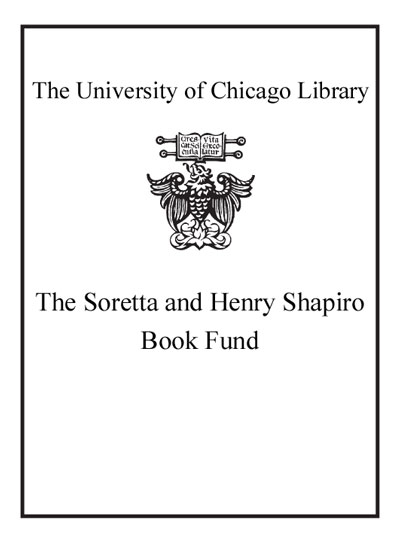Review by Booklist Review
Though comics are studied in academia, many do not link academic libraries and comics. This volume focuses on the world of comics and their incorporation into academic libraries and their community. Ballestro worked in a comics shop and continues to collect comics as an academic librarian. Nearly 20 academicians contributed chapters. After the editor's introduction, 10 chapters by different authors address specific topics, each with endnotes and works cited. The cultural-history chapter focuses on developments from comic strips to comic books, noting their wartime benefit and post-WWII demonization. Chapter two discusses comics publishers' practices and evolution. Chapter three details collection development and promotion practice; a list of 50 recommended adult titles by a diverse range of authors concludes the chapter. Other chapters address the characteristics, selection, acquisition, and promotion of fiction and nonfiction graphic novels, health-care comics, and international comics; each chapter lists representative high-quality monographs or sources. Both original works and graphic treatments of texts (e.g., Animal Farm) are mentioned, although series tend not to be included, such as the Writers & Readers Documentary Comic Book series. One chapter consists of a case study on building a Japanese manga collection for nontraditional patrons in an academic library. Another chapter focuses on the complexities of cataloging comics (with MARC examples). The final chapter addresses academic-library teaching and programming with graphic novels. A detailed index concludes the volume. While not exhaustive, the book's writing is clear, and the sources alone make this volume useful to academic librarians.
From Booklist, Copyright (c) American Library Association. Used with permission.
Review by Booklist Review

